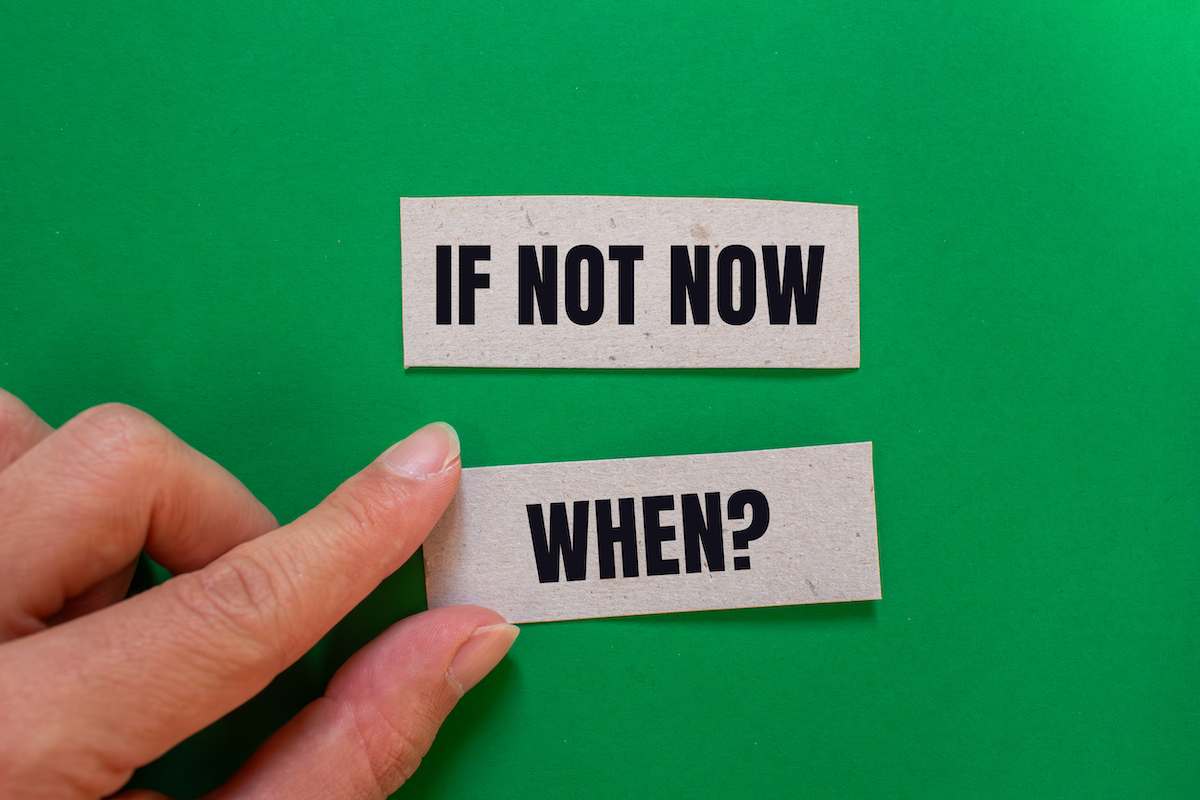
How to Quote Song Lyrics in Your Story
December 14, 2022
Best Fonts for Books: Layout, Size, Spacing and More
January 25, 2023Use the Mind Mapping Method for Your Book Ideas
Great books don’t just happen. And successful books generally don’t start with the author sitting at their computer typing a story off the top of their head. The writing process takes a lot of time, concentration, and creative thinking. Before an author can start actually writing their masterpiece, they have to organize their thoughts and lay out a strong, clear storyline that people will want to read. And one of the best ways to do this is by using the mind mapping method.
Whether you’re working on your first book or are already a professionally published author, you’ll need a way to keep track of your story’s characters, subplots, and other elements. To increase your creative thinking and idea-generation skills, try using the mind mapping method for your book ideas to see if it’s a good fit for your writing style!
What Is Mind Mapping?
Basically, mind mapping is a visual thinking exercise that helps you as an author brainstorm ideas for your book. It also helps you keep those ideas organized so you don’t have to commit your plotlines to memory. For example, say you have a great idea for a book, but you haven’t fleshed it out past what your synopsis or book trailer would be. Mind mapping can help you develop and outline your story so you can write a manuscript that your target audience will want to read!
The mind mapping process is relatively simple. Start your map with your central them or idea. As you add characters and subplots to your narrative, you’ll expand your map, and it’ll help you stay focused and organized. By the time you’re finished with your mind map, you’ll have a visual representation of your entire book.
You can compare a mind map for your book to the map of your city or town. Find the downtown area on an actual map. You’ll see streets branch out from there, connecting neighborhoods, suburbs, and even other towns. Think of your city’s downtown as your book’s central idea and each neighborhood or suburb as a subplot or event that will happen in your story. You can connect each character, idea, and event in your book just like the roads on an actual map connect neighborhoods!
In addition to being a great time management tool to keep your ideas organized, mind mapping is also extremely helpful for brainstorming and idea generation.
How can mind mapping help with book ideas?
Mind mapping is a fantastic way to generate ideas and brainstorm. For example, you might have a great idea for a basic story line. As you develop your plot, additional ideas and possibilities will pop into your head. Maybe you want your character to meet a romantic partner, or maybe you decide you’d like to include a particular place or song lyric in your story. Studying and adding to your mind map helps you come up with—and visualize—these ideas so you don’t have to rely on your memory of what you’ve already written. You’ll be able to create a story that’s complex and layered but still understandable and enjoyable for your readers!
Additionally, creating a mind map can help your problem-solving and decision-making processes. If one of your characters gets into a bind, carefully studying your mind map can help you creatively think of possible solutions. As you branch out from your map’s central theme or idea, you’ll be able to see where you can connect characters, events, and other aspects of your storyline. Problem-solving is just one of the many benefits of mind mapping.
What are the benefits of mind mapping?
Sure, mind mapping helps you brainstorm ideas and organize each element of your story. However, there are additional benefits to this visual thinking technique too! Here are a few more ways that creating a mind map can help your novel—and you as an author—be successful:
- Time management. Racking your memory to recall the idiosyncrasies of your story wastes a lot of time. Fortunately, your mind map will have that information laid out in front of you. This means that you’ll waste less time trying to remember things you thought of days or weeks ago, and you’ll have more time to write. In other words, your productivity will increase!
- Creative thinking. When you look at your map, you’ll see that some elements are disconnected from the rest. Having a visual representation of your story might help you tie some loose ends together, which may result in a richer, more complex novel.
- A well-organized plot often leads to a well-written book that lots of people want to read. A strong, cohesive mind map can help you craft a fantastic novel that will earn you book sales—and notoriety as an author.
In other words, mind mapping is a great way to increase your success. Any professional literary agent or editor will tell you that creativity and organization are keys to an enjoyable book. So try out mind mapping to give your book the best chance to succeed!
How to Use the Mind Mapping Method
Although there are general guidelines to creating a successful and helpful mind map, there are several different methods you can use. You as an author are unique—and your story is too! Keep in mind that your mind map will also be unique. So play around with which mind mapping method works best for you and your story, and don’t feel constrained to any particular process.
Choosing a method
Part of the creative thinking process for your book involves determining how to use the mind mapping method for your book ideas and for you. Each author’s idea generation, concentration, and brainstorming methods are unique. So make sure that you use the best mind mapping method for you and your book.
Generally speaking, there are two main methods of mind mapping: linear and centralized. Choosing which method you’ll use should be your first step in the overall mind mapping process.
In the linear method, you can write your central theme or idea at the top or to the side of your mind map. You’ll then add your story’s elements either branching down or branching out from that central theme. This method is particularly helpful if your story has to follow a particular period of days, weeks months, or years, since the map will be laid out like a time line.
Conversely, in the centralized method, start with your main idea in the middle of your map, and branch out 360 degrees from there. If your story is complex and involves some twists and turns, this method might suit you well. You’ll be able to easily see how each character or event in your story connects to another. And it’s a great way to really visualize a complex manuscript!
Choosing your visuals
After you’ve decided which general method is best for you and your story, consider whether your mind works better with text or images. As you develop your map, you can add either written notes or visual thinking aids to the map. These will represent characters, conflicts, and events that will shape your overall story.
Each time you add an idea to your mind map, you’ll be able to connect it to other plotlines and subplots. Will you connect them with straight or curved lines? How will the lines be color coded? Maybe you’ll use straight lines for ideas you want to include and curved lines for ones you’re not yet sure about. Additionally, some authors color-code their lines based on which character or characters they relate to or whether they’re part of the overall plot or a subplot.
Studying your mind map will be much easier if you have some sort of system. Whether your method includes sticky notes or color-coded markers, be sure to gather some materials before you start brainstorming your story!
Gathering your materials
A cohesive, helpful mind map can take up a lot of physical space. So give yourself enough room to craft a cohesive map! Sure, you can use an online tool to help you create your map. Web-based mind mapping platforms might have suggestions on how to organize your ideas. And since they’re usually user friendly, they can really help with time management! However, online tools aren’t a good solution for every author. For example, you’ll only be able to see the portion of the map that your screen can accommodate. Instead of seeing the entire map at once, you’ll have to zoom in and out when you use an online program.
Instead of using internet-based software, you might want to consider a more DIY approach to creating your mind map. Just remember to give yourself plenty of space! Invest in a large board to start laying out your story. Some authors opt for a magnetic whiteboard, which allows them to draw, write, and erase easily. These physical media also allow you to move around other ideas or images by using magnets or sticky notes.
Other writers prefer a large corkboard for their visual thinking platform. These allow you to use color-coded pushpins to place, move, and replace your thoughts and ideas. And if you really want to dive in deep, grab some yarn to connect your thoughts, just like you’ve seen on your favorite detective drama!
By this point, you probably already have your book’s central idea finalized. And you’ve gathered the materials for your mind map. Now it’s time to dive in and start drawing!
Drawing your map
There are two main ways to design your map: linear and centralized. The linear method looks like a sort of tree. Basically, you start at one side of the page and branch out from there. Your characters, subplots, and other ideas are all connected to at least one “branch” of your map.
The centralized method is more of a 360-degree approach. Write your main idea or theme in the center of your map and add characters, events, conflicts, etc. around it. If you’ve chosen to use a whiteboard or corkboard, your ideas will be easy to move around so you can play with how your story will play out.
Remember, there are different methods for drawing your mind map, and none of them are universally right or wrong. It’s possible that when you begin drawing your map, you’ll discover that a different method might work better for you. And that’s great! Work with whatever method and materials are most comfortable and conducive to your success. Don’t feel constrained to any particular method. You are a writer, so take some creative liberty, and create the mind map that works best for you and your story!
Editing and expanding your map
Mind mapping is a creative thinking exercise. It helps your problem-solving and decision-making skills as you develop your story. Your map will continually expand as you generate more ideas. And thanks to that idea generation, you might have to edit out some small subplots in order to stay focused on the story as a whole.
The whole point of mind mapping is to brainstorm ideas for your story so you can edit and expand the map. Just keep brainstorming! The deeper your concentration, the more easily you’ll come up with ways to connect them. This will create a deep, complex story that your readers won’t be able to put down!
Mind Mapping Makes It Easy to Develop Your Story
Mind mapping is a great way to visualize and organize your story. And Elite Authors makes it easy to get published! We’ll help you edit, format, and market your book so you can make a name for yourself as a successful author. Your journey to publishing starts with mind mapping—and ends with us!
Visit our website to learn more about how to become a truly elite author.



